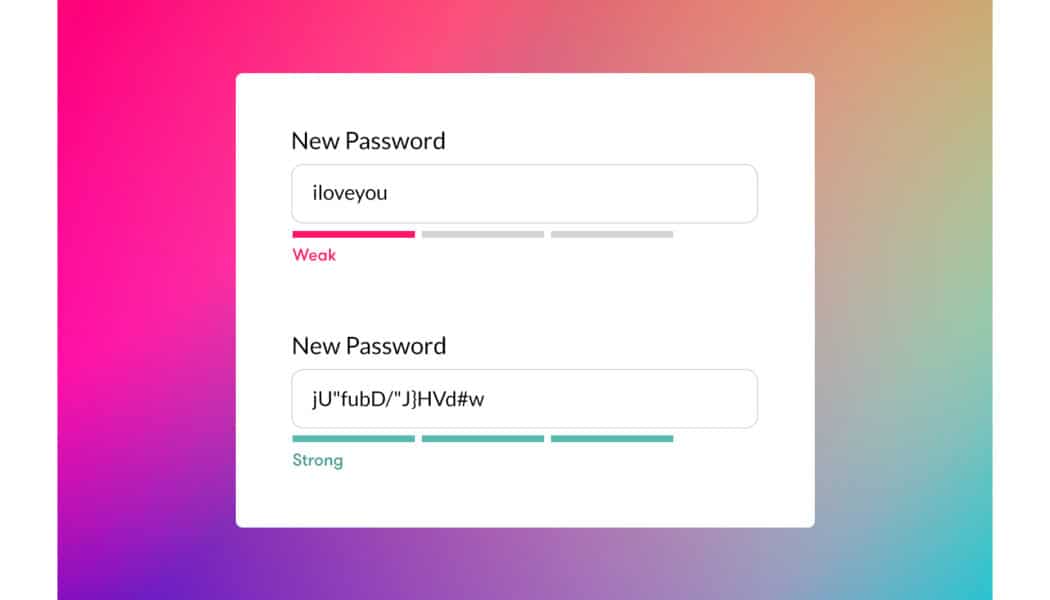Do you ever wonder how certain symbols came to embody what they represent? As design enthusiasts, we do. Since Valentine’s Day is right around the corner, one such symbol that has been at the forefront of our mind is the heart. How did it come to represent love and affection? Why the curves and pointed tip? We wanted to uncover the history behind the emoji that dominates all emojis: the heart.
A Plant and Bird’s Anatomy: Tracing Back A Muddy History
The origins of how the symbol of the heart came to signify what it does today are a little unclear but essentially, there are two hypotheses on this one:
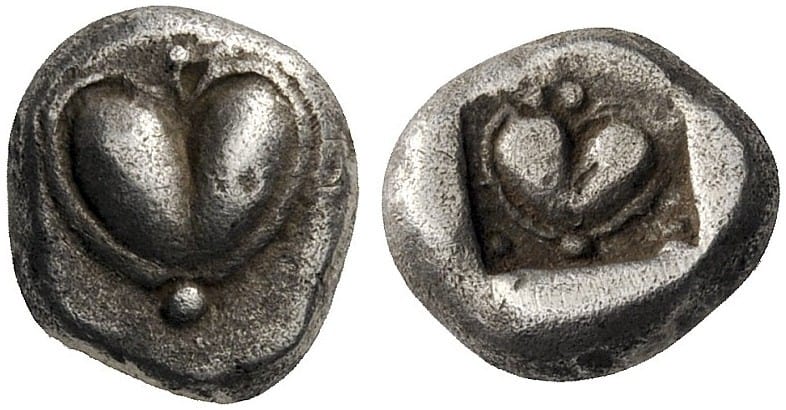
1. The first is that the heart symbol derives from an elusive plant called the silphium whose seedpod resembles a heart. This plant seemed to have a fountain of benefits if ingested/used, one being that it was used as a form of birth control by the Greeks and Romans. Because the plant was used during intimate moments as well as its resemblance to the modern-day heart, it is not surprising that the heart symbol (could) have roots in silphium plants.
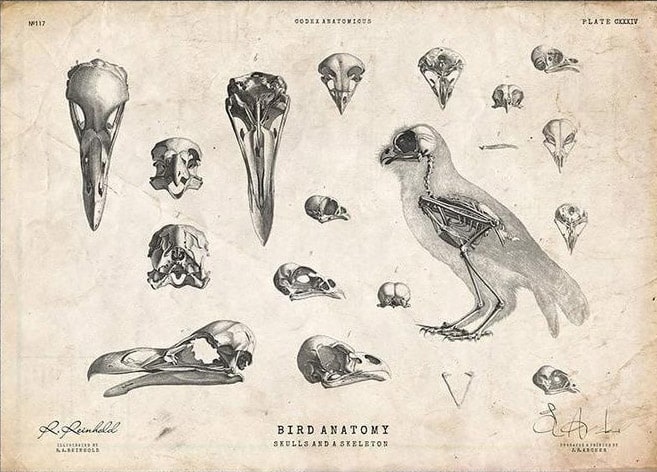
2. Another more realistic hypothesis is that the heart shape we have come to know and love (pun intended) comes from medieval times. During this time period, people took an interest in trying to draw the heart that had been described in ancient texts by the likes of Aristotle. He believed that emotions came from the heart, rather than the brain. Trying to draw this proved to be a little difficult because it is believed that the catholic church forbade the dissection of the human body during the 14th century. Because of this, early depictions of the heart were typically only for medical purposes and actually resembled something closer to a bird’s heart– which makes sense given that only the dissection of animals was allowed.
Love in Medieval Times
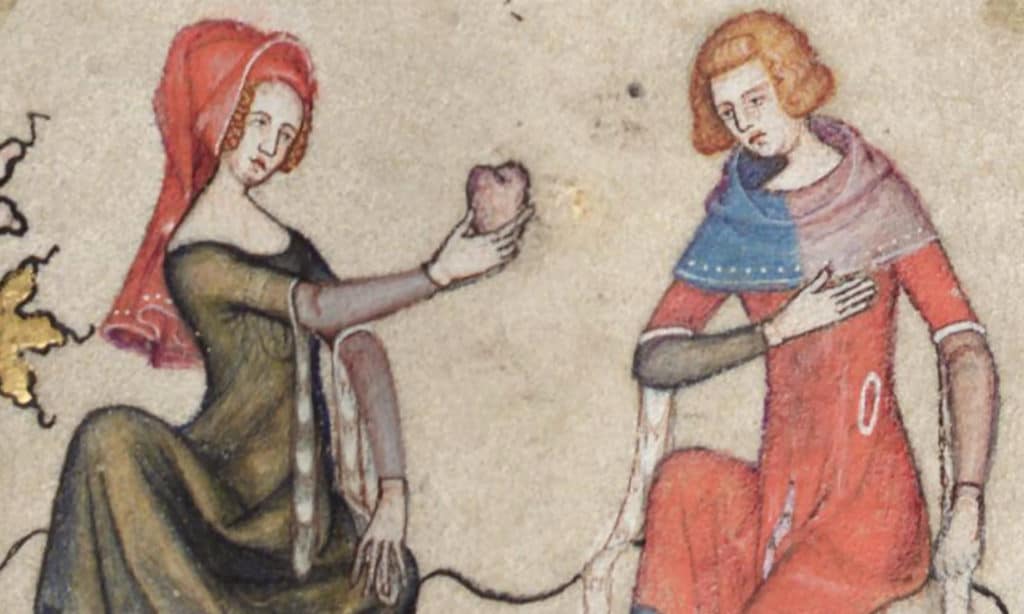
The actual concept of love and the symbolism that represents it began forming during medieval times. Before 1300-1400, the heart-shaped symbol that we are familiar with was just purely for decorative purposes- it did not stand for anything related to love at all. Until…
The very first time a heart was depicted in a non-medical way was in a drawing that accompanied a poem titled Le Roman De La Poire by Thibaut, written circa 1255. It is believed that the poem influenced the idea that a person in love can “give” his or her heart to someone, the way the lover in the poem gives away a fruit.
Going Viral in the 14th Century
As mentioned above, for a long time, dissecting human bodies was not allowed, which is why the heart can be seen in various forms (pointy, acorn-y, lumpy) during the middle ages.
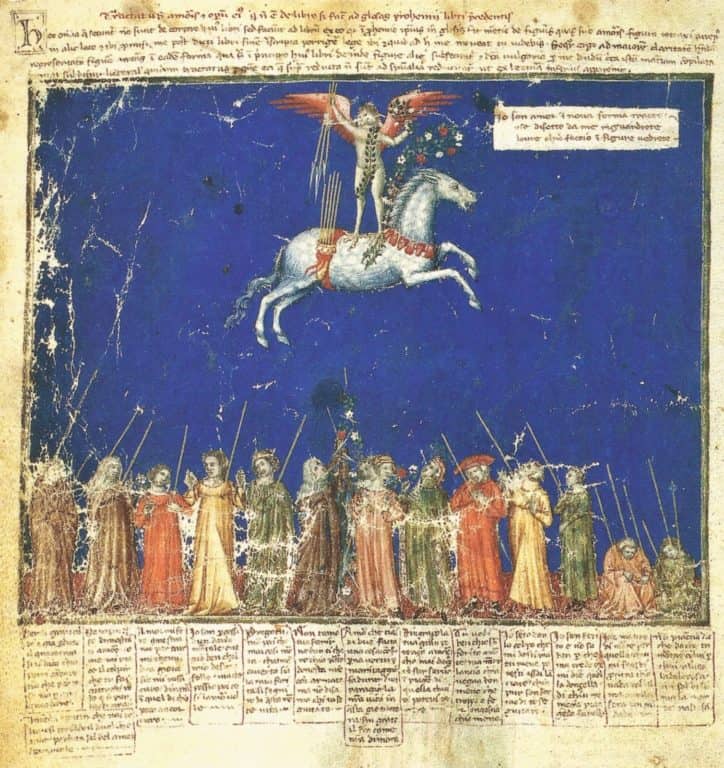
The well-known heart shape that we have come to know in modern times made its debut in an Italian didactic poem called Documenti d’amore by Francesco Barberino. The illustration that accompanied the poem was of a nude cupid on a horse throwing various items at a crowd, among those items were hearts. This illustration is marked as the start of when hearts became more commonly used in art. The piece did in fact, go viral.
Courtney Courtly Love

Almost 200 years after the Documenti d’amore illustration, another significant piece that helped establish the modern meaning we associate with a heart emerged. This time, it was a tapestry titled “Le don du Coeur” (“The Gift of the Heart”) which showed a man holding a small red heart. The tapestry became one of the most influential and well-known representations of courtly love and the rules surrounding it within Europe during that time period. This piece can still be seen at the Louvre in Paris today.
At WePropagate, design powers and inspires us to constantly push forward with our creations. We draw a lot of our inspiration from medieval times. The fashion, the culture, the art are all so powerful and serve as windows to the past while always remaining relevant. They gave us the heart symbol after all! If you are looking to partner with a group that understands the power of art and messaging, we’d love to chat with you!

